"I am deeply saddened by the actions of lower level [County] staffers who cooperated with and illegally endorsed the developer’s efforts to totally gut the County’s open space requirements." (Attorney Robert Smith, testifying in favor of Bill 37-19 on Tuesday, August 27, 2019)
At the end of 49 minutes of testimony on Bill 37-19 on Tuesday, we learned some things – about the many people and organizations who care deeply about the future of Baltimore County and about some bad actors in the development community and in County government who have sidestepped black-letter law to benefit development projects at the expense of taxpayers and the livability of communities inside the URDL. I want to thank Councilman Marks and Quirk for initially sponsoring the bill and Councilwoman Bevins and Councilmen Kach and Patoka for signing on as sponsors on Tuesday. In the paragraphs that follow, I also want to clarify the focus of the bill and highlight the testimony that was offered and how it relates to the ongoing challenges of livability inside the URDL.
A. Not a "NeighborSpace" Bill
In his testimony, Klaus Philipsen, President of the NeighborSpace board and a nationally respected architect and transportation planner, made it clear that, while NeighborSpace urged the Council to advance the bill, the bill’s purpose was to improve open space. Eighty percent of fees collected under the law go to Baltimore County for the purchase and improvement of parks and open space. Just twenty percent go to NeighborSpace.
Klaus also noted that a clear division of labor was needed to reform open space laws and policy. While the Administration bears responsibility under the open space ordinance for producing a fee schedule and updating the open space manual, there is no requirement that it advance legislation to close loopholes, which is the reason for Bill 37-19.
B. "Gutting" of Open Space Requirements by County Staff and Developers
And that bill is sorely needed lest some bad actors should run away with the store:
I am deeply saddened by the actions of lower level [County] staffers who cooperated with and illegally endorsed the developer’s efforts to totally gut the County’s open space requirements.
This was the testimony of attorney Robert Smith on Tuesday. He represented his neighborhood of Rockland Hills near Lake Roland in a development review proceeding about a project known variously as “Bluestem” and “CPC Falls Road,” which we have discussed in other posts in recent days.
That project proposes to build 152 residential units, along with office and retail space adjacent to Lake Roland. At the county standard of 1,000 square feet per dwelling unit, the developer is required to provide 152,000 square feet of open space. County law requires that the open space be provided on- or off-site unless it is infeasible to do so, in which case the developer may request a fee in lieu.
That’s the “black letter” law. I should know because NeighborSpace was among the groups involved in a re-draft of County Code Section 32-6-108 where the provision appears in 2016. I’m also a lawyer, but, honestly, anyone capable of understanding one of the Dick and Jane readers that I grew up on could understand the plain meaning of this law:
The applicant shall meet the open space requirement on-site or off-site …. If it is not feasible to meet the open space requirement on-site or off-site, the applicant shall submit a fee in lieu proposal and pay a fee to Baltimore County. Baltimore County Code, Section 32-6-108.
Nonetheless, I was subpoenaed in the case to testify to this law’s plain meaning and purpose (and I’ll have more to say about that purpose in tomorrow’s post). What I learned as a result of my participation sickened me.
In this case, no showing was made that the open space could not be provided on- or off-site. And no fee in lieu proposal was offered, either. Rather, with the blessing of county staff, the developer laid out his open space plan, and, using Loophole 1, what we have called the “parking islands” loophole, reduced the 152,000 SF by almost half. Next the developer and his attorneys and consultants proceeded, with the County’s blessing, to use Loophole 2, what we have called “the private amenities” loophole, to further reduce the required open space / fee to $110,000, a grand total reduction of
EIGHTY-SIX (86) PERCENT!
The developer proposed, finally, to make a payment of $110,000 to the Lake Roland Nature Council (a group whose work we admire and to whom such a fee might legally flow under a proper application of the code).
In my own testimony on Tuesday, I highlighted a transcript of the case wherein the attorney for the opposition tried to get the developer’s expert to explain why they made no showing that the required open space could not be provided on- or off-site as the law requires:
Protestant's Counsel: "So what you have done in proceeding directly to the reduction of a fee, [you've] skipped over the part of the code in two places that requires a showing that it is not feasible to meet the open space requirements ... Pp. 67-68
Developer's Expert: “I explained in my testimony that we are trying to amenitize a development and ... the code ... allows us to amenitize developments now for open space, versus lands or money that went into the general coffer. So that is the [2016 change in this law] ... that is the big thing .... We are not writing a check to Baltimore County and there is no money going to any other entity because of this allowance and this bill.”
This certainly gives one a flavor of the shenanigans. But Robert Smith, the attorney who sat through all of the CPC Falls Rd. proceedings on behalf of his neighborhood, did a much better job than me of characterizing the situation:
[The developer’s actions] represented a complete perversion of the open space law, and a mockery of the fee in lieu requirements, which the developer never made a claim that it satisfied and never presented any evidence that it qualified for …. It’s probably the best example one can give of how the whole existing process has been perverted ….
I’m confident that this aborted and county-endorsed effort to do an end-run around the open space provisions will be legally rejected in the hearings in the courts, but I respectfully ask two things of the Council. First, I’d urge you to press the Department of Recreation and Parks to end its blind endorsement of such efforts to circumvent the program and I’d urge you to be alert for efforts that … may call for amendments to the proposed bill that would subtly attempt to legitimate what was attempted by Bluestem.
The whole thing is sickening and disheartening beyond words, but is it an outlier, a chance occurrence that should not be used as a representative sample of typical behavior? Somehow I doubt it. The previous administration blatantly disregarded this law. It never put forth a fee schedule aligning with the tiers contained in the law that passed in 2016. It did not file and post reports on fees collected and assessed, as required in 2014, until 2018. When it did report, it was impossible to tell how the fees were calculated and on what costs the waivers were based, all in violation of the law. The foregoing example is just the tip of a large and very crooked iceberg.
C. What's at Stake if We Fail to Pass Bill 37-19 Intact: The Arguments for the Bill
What’s at stake is the livability of communities inside the URDL. And our position of attack on this challenge is not a strong one because the open space deficit that currently exists is HUGE! NeighborSpace analysis shows that 65% of residences inside the URDL lack access to adequate open space, measured at the county standard of 1,000 square feet per dwelling unit, within a quarter-mile walk.
If you don’t trust us, then let’s look to an independent measure, like the Trust for Public Land’s ParkScore, a measure of what percentage of a town’s population can walk to a park within 10 minutes. Applying that test to the 16 inner suburbs inside the URDL, we find that none meet it and 13 of 16 (81%) are below the nationwide average of 54%.
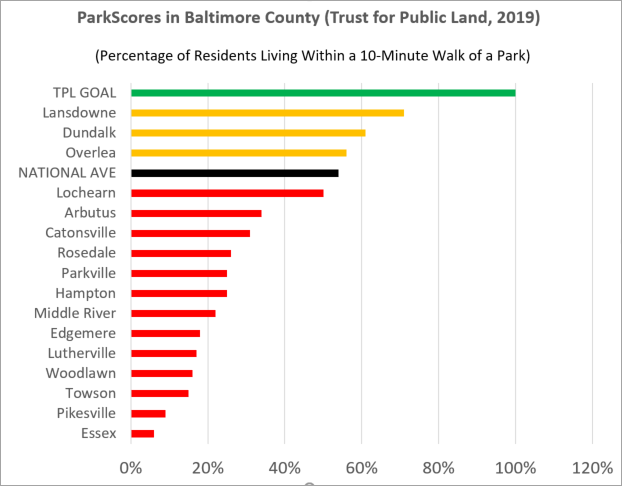
I think it is safe to say we have a big problem. What are its implications for livability and its cousin sustainability ? Other speakers addressed this question. Here’s what they said:
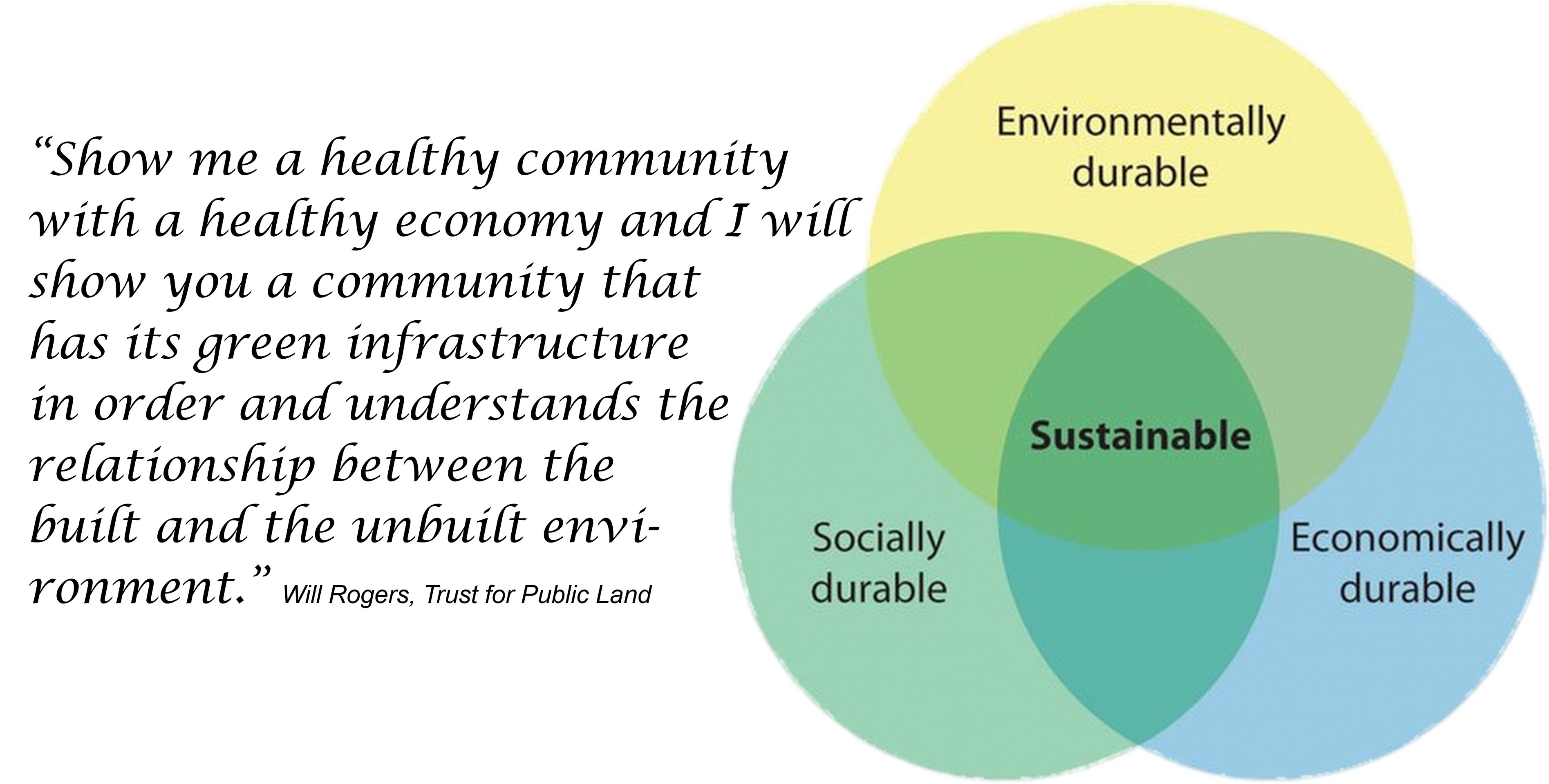
1. Social Aspects of Livability
Carol Newill, a retired physician from Towson, represented the Green Towson Alliance and spoke to the relationship between getting out in nature and overall health, noting that:
We want real opportunities for healthy outdoor activities … No more compromises. Eliminate the developer loopholes for the sake of the health … of all our families.
Dr. Laurie Taylor-Mitchell, a retired college professor and former NeighborSpace Board member, underscored the needs in her community, noting that:
My suburban neighborhood of Chatterleigh … has no playground or public space for residents. When our neighborhood was developed 60 years ago, the open space left by developers was between two backyards at the end of a cul de sac and it’s inaccessible to the public …. We need to reform the legal process and provide adequate, usable open space for all of our residents, particularly for those living in economically distressed areas.
She highlighted the east and west sides of the County as being particularly impacted by a lack of open space, something that our mapping data bears out well:
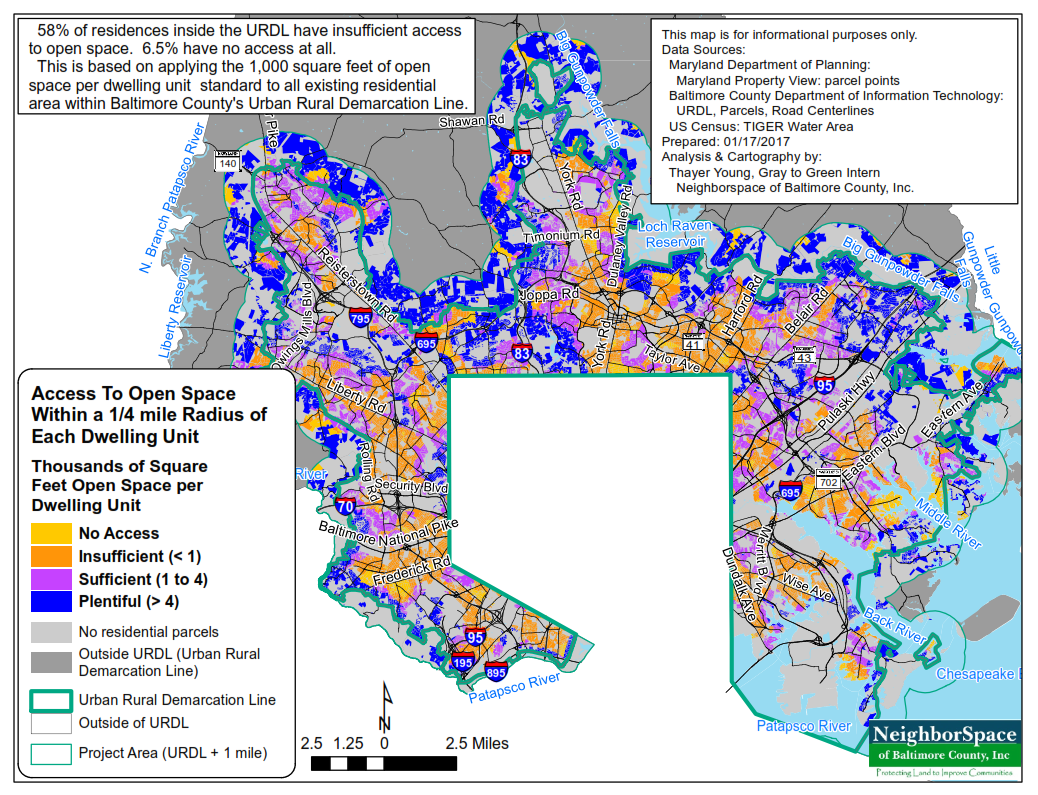
Paul Hartman, representing the Towson Communities Alliance, talked about the importance of Radebaugh Park to his community of Aigburth Manor. To support a bond bill for money to outfit the park in the last session of the Maryland General Assembly, NeighborSpace provided the map below. It underscores how desperately that park is needed:
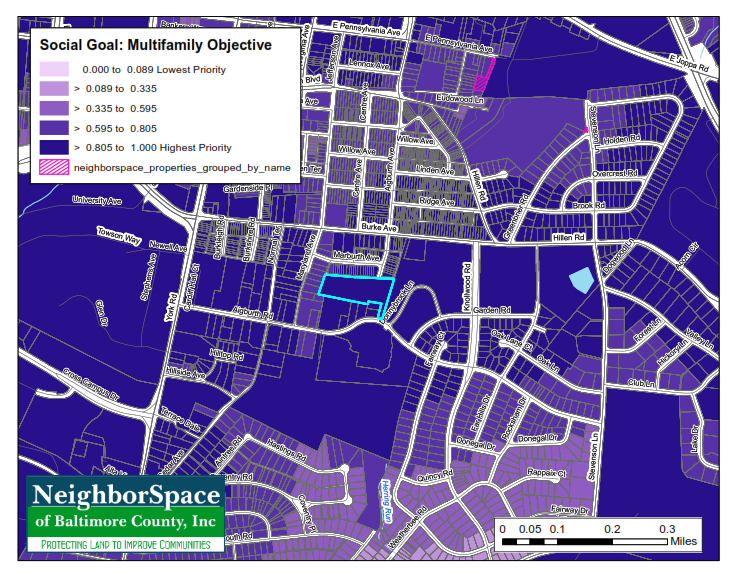
Madeleine Mysko brought the perspective of a writer and someone who's lived in Towson her whole life and seen many changes:
I’m here today because I learned about this bill in the newspaper—and because I appreciate the chance to express my reaction to the news—specifically with respect to the loopholes.
Here’s my reaction: Do you mean to tell me that that the whole time I’ve been walking around Towson—mourning the loss of some lovely old trees and familiar pathways, feeling sad that historic East Towson is shrinking—the whole time there was 1) actually a law in place that attempts to make up for what people like me have lost to increased development, and 2) actually loopholes in that law which significantly undermine the good it was intended to do.
Learning about loopholes can be a major blow to the Public Trust. And learning that an industry group is concerned that this present bill would “drive up project costs” is just more salt in the wound.
Yes, it’s going to drive up costs to developers, because if you want to make a profit by building in Baltimore County, the law says you have do that while still providing open spaces—open to everyone, not just the people who pay to have what you built. The mere fact that there happens to be a handy loophole doesn’t make the original intent of the law any different.
Finally, Dale Cassidy, President of the Ridgely Manor Community Association, offered this written testimony on what Ridgely Manor Park, a project on which NeighborSpace worked closely with Councilman David Marks and the Hess Corporation, means to her community:
Our little park (just about 2 acres) is under the stewardship of NeighborSpace. We have two meadows, which [provide] habit for many animals, birds, bees and butterflies, green open space, and a playground for children. Through combined efforts, it has developed into an inviting and purposeful space for those in the area. On any given day, you find folks dropping by for lunch, kids utilizing the open space for football, soccer, or just tossing a ball around. Parents and grandparents bring their younger children to the playground all day long.
It is worth pointing out that prior to the park’s creation, kids in this community of duplex homes that was built for employees of the Bendix corporation back in the 1940s had no place to play. There were also severe challenges related to crime and absentee landlords who did not maintain their properties. The park, shown below, has helped to mitigate the prevalence of those issues.
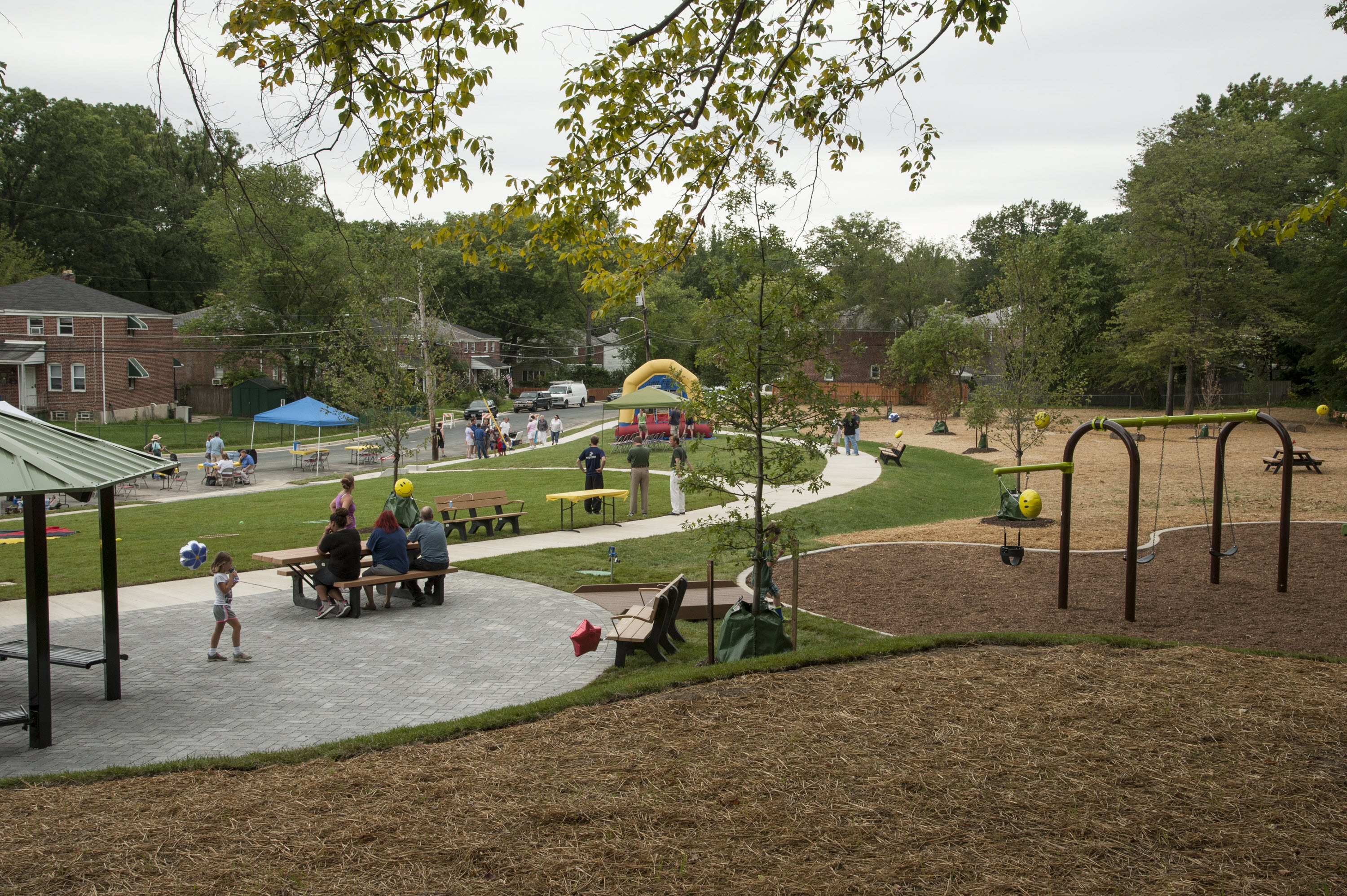
2. Environmental Aspects of Livability
Angela Haron, Blue Water Baltimore’s Waterkeeper and a County resident, spoke to that organization’s work to improve water quality and reduce stormwater pollution:
Promoting, creating and protecting green space … is critical to reducing stormwater flow and pollutants …. As we increase impermeable surface, we increase the amount and intensity of stormwater run-off, which, in turn, causes flooding and sewage overflows. As climate change increases, the intensity of storms are increasing and it becomes ever more imperative that we consider how to codify requirements that promote green space.
Sheila Ruth, a resident of Catonsville, echoed these comments noting that “more green space could have reduced the impact of last year’s horrible flooding in Catonsville and other areas.”
The Maryland League of Conservation Voters, which has 2500 supporters in Baltimore County, offered this written testimony that was submitted to the Council:
Polluted runoff is the only increasing source of pollution in the Chesapeake Bay and surrounding waterways. All but one of our 14 major watersheds is impaired by sediment and/or nutrients and all while our underserved communities continue to be disproportionately affected by this pollution.
Through our statewide work of stormwater and polluted runoff mitigation, it is clear that local counties and municipalities need all the resources possible to make informed and sound decisions concerning the development and construction of our communities. Open space plays an essential role in these plans.
Residents and constituents of Baltimore County can’t picnic on a parking strip, garden in the green space between a sidewalk and curb or take an afternoon walk through a private, rooftop pickle ball court. Yet, current Baltimore County zoning and land use law today encourages the provision of these so called “amenities” in the development of large scale, multi-family projects at the expense of true, public open space.
The intent of public open space requirements and associated waiver fees is to thoughtfully accommodate population growth while addressing our chronic shortage of open space. Instead, current loopholes monetize and thus incentivize the continued depletion of open space.
3. Economic Aspects of Livability
In introducing the bill, Councilman Quirk underscored how it made sense from an economic point of view:
[W]ith a private amenity, the developer is going to be able to charge a higher rent for that unit … If the public doesn’t have access to that amenity, why should the public pay for the credit?
Paul Hartman, echoed this sentiment, noting that:
[e]liminating reductions in open space fees would possibly pass costs on to residents of new construction, but that’s how it should be …. Right now the rest of Baltimore County taxpayers are subsidizing private amenities that are not usable by the general public.
Jack Lattimore underscored that infill development needs to happen to accommodate growth and that he supports it, as do we. But that development needs to be balanced by the protection of quality open space, which Jane Willeboordse, an architect from Catonsville, spoke to eloquently:
Once developed … green spaces never come back. In 2016, my husband and I … we donated and we’re stewards to NeighborSpace … of this historic Catonsville tennis court plot [shown below] with a beautiful, 200-year-old white oak and that tree will be around for … years. We now have a … bocce ball court there and the community can come out and connect and be active. We knew that if we gave in to weekly solicitations from infill developers, that green space would never come back ….
Eric Rockel, a resident of Ruxton-Riderwood, who had a long career in the County’s Real Estate Office, underscored the importance of the County having a reliable fund for the purchase of open space:
When the County goes out to acquire … a park, the funding’s either gonna come from local tax dollars, from … Program Open Space … or from … the fee in lieu. This is the only fund that’s not subject to the whims of the taxation system and we shouldn’t be restricting it. We should be encouraging it and supporting it as much as possible.
D. The Arguments Made by MBIA against the Bill
Angelica Bailey testified on behalf of the Maryland Building Industry Association (MBIA), which, not surprisingly, is against the bill. In her remarks, she noted that “if quality amenities become too expensive to provide we won’t be able to do it and people will move to competing jurisdictions, instead.” Klaus Philipsen, who is more than qualified to respond to this critique, noted that:
We agree with the homebuilders that counties compete with each other over attracting and keeping residents. It’s exactly for this reason that we need to focus on quality of life. This requires excellent infrastructure. Open space is part of infrastructure. Open space needs to be preserved and maintained. All of this costs money.
Ms. Bailey also complained that there is not enough data on what has been collected and that MBIA had not been given enough time to pull information together:
We’ve been hearing about figures as we’ve been talking about this bill these last few days – we’re not sure where they’re coming from to be very honest with you …. It’s only been three years. We don’t have enough data to know whether there really is a problem. We’d like to know where the money is going, what it’s been spent on. We need time to pull that information together and until we have that, we really don’t know whether there’s a problem.
Okay – I’ll admit that the data we have may not be as comprehensive as it should be, owing to the prior administration’s failure to follow and enforce the law. But it’s definitely NOT TRUE, that what we do have is insufficient to make a diagnosis that the patient is horribly ill. Here’s the County’s report on what it collected in FY 2018. The takeaways are (1) how little was collected; and (2) how little information was provided about reductions. Here’s my own analysis that the Sun used to say that we lost at least $1 million since April of 2016 owing to the “parking islands” loophole alone. My numbers are an extremely conservative estimate, but make your own evaluation.
As to “it’s only been three years,” I want to be crystal clear that while it's certainly true that Loophole 2, the “private amenities” deduction, was part of the 2016 revision of the open space law, Loophole 1, the “parking islands” deduction, has been sitting in our law since at least 2010, eating away at the provision of public open space like battery acid. It probably goes back even further, but I was unable to trace the legislative history online any further back than 2010.
Ms. Bailey also complained that while the last effort to review the open space ordinance was a collaborative effort, this one wasn’t:
We weren’t given the opportunity to collaborate on this bill this time. But we’d be happy to sit down with community advocates and the Council to work out any kinks if there are any … at this point we just aren’t sure.
Well, we are collaborative people and any nonprofit that doesn’t collaborate well won’t be around for very long. There’s a whole book written about this called Forces for Good, which I reviewed on my blog a couple of years ago.
But here was the challenge this time around: The foxes, in the form of some developers and County staff who've had a role in guarding the henhouse of development review, slaughtered and barbecued the chickens under their charge right under our noses. They then sold them at a profit to passersby, like something you’d see on Route 50 on the way to Ocean City, and laughed all the way to the bank. Now their lobbyists want to complain that no meetings were held with them while some of their association members, along with their attorneys and consultants, were sharpening their knives for the kill. As Charlie Brown would say, “Good Grief!”
With that said, I want to reiterate that we want to collaborate with MBIA and its members going forward. We are not anti-development and we value the many conservation projects that we have accomplished with developers and builders as partners.
But, first, we have to correct a problem that stands squarely in the way of our being able to deliver on our nonprofit mission of improving the livability of communities inside the URDL by conserving and improving land. We need open space laws that actually result in the creation of public open space and we need an open, transparent, honest, and fair process of enforcing those laws. We have a lot to fix to get there, but Bill 37-19 is an imperative and excellent start. Please continue to urge your council representative to pass the bill without amendments - here is the email address: countycouncil@baltimorecountymd.gov.
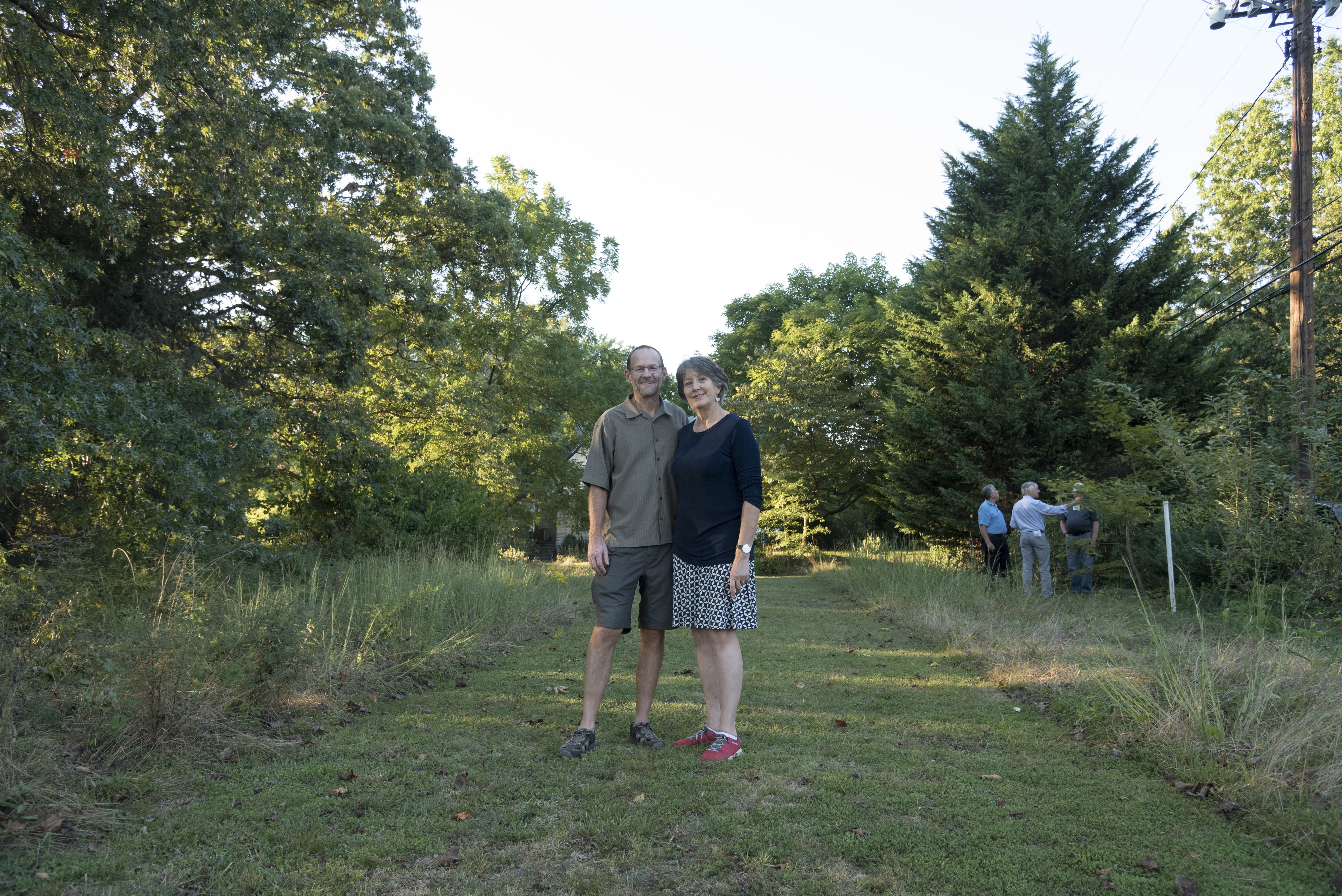
Pingback: What Tuesday’s Hearing Revealed about the “Gutting” of County Open Space Requirements – NeighborSpace of Baltimore County – Towson Communities Alliance (formerly GTCCA)
Please pass this bill without amendments. We would also like to see a list of which developers “saved” the most as a result of loopholes since 2016. Thank you
We would, too. As you can see from the report, what’s reported is very vague about the dollar value of amenities that were credited. The law, which has yet to be followed, however, requires a full accounting.
Towson has become so unattractive and I find it unpleasant to walk there. All the new buildings are built right to the sidewalk. No greenspace. No foreplay. Just straight up with a multistory building. No room for trees, or the large ones that are cut are replaced with matchsticks. Even housing is all about internal, billable square footage. I cannot imagine wanting to live overlooking the highway that York road has become. The developers and their profits will be long gone, and we residents are left with a mess.
Pingback: Why Our History Requires Restrictions on What Counts as Open Space: A Podcast - NeighborSpace of Baltimore County
Pingback: 3 Reasons Why We Think Bill 37-19 Should Pass without Amendments - NeighborSpace of Baltimore County
I live behind Parkville Middle school– the open space area is disgusting ! They do not mow around outlets to drain stream –there is now fox, rats, etc. Actually my home is supposed to be walkway for the school! Good luck!Trust me there are no butterflies –plenty of mosquitoes! Do not have any idea how to resolve!To me — no mow means –lazy!There are trees so overgrown that eventually homes are going to be destroyed if they fall!
Dottie: Thanks for reaching out. Patrick Filbert, our program manager, will be following up with you about this space.